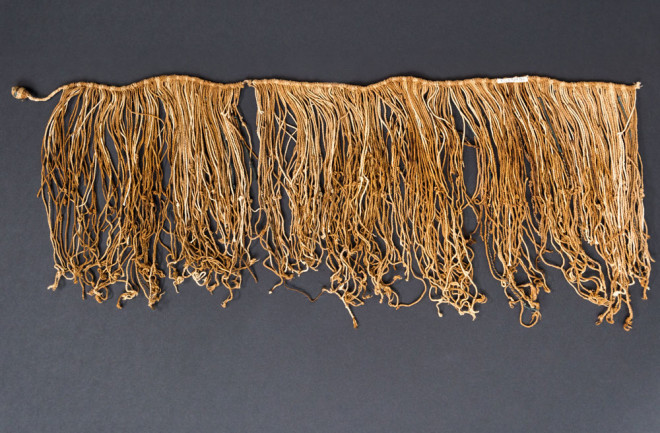High in the Peruvian Andes, in the remote village of San Juan de Collata, sits a wooden box that’s sacred to the locals who keep close guard over it. It contains 487 cords of twisted and dyed animal fibers that, according to its caretakers, encode messages planning an 18th-century rebellion.
Anthropologist Sabine Hyland was invited by community members to study the strings — the first outsider permitted to view them — but only for 48 hours and under constant supervision.
Although no one alive today can decipher the cords, their general message and significance has been passed down orally for generations. Hyland was told by a village elder, “If we could read what is in here, we would know for the first time who we truly are.”
The strings are khipus, devices invented by indigenous Andeans to store information. Khipus are mostly known by archaeologists as the records of the Inka civilization, the vast multiethnic empire that encompassed as many as 18 million people and nearly 3,000 miles along the Andes and the Pacific coast of South America. Builders of the spectacular mountain fortress of Machu Picchu, the Inka ruled from the early 1400s until the Spanish conquest began in 1532.

